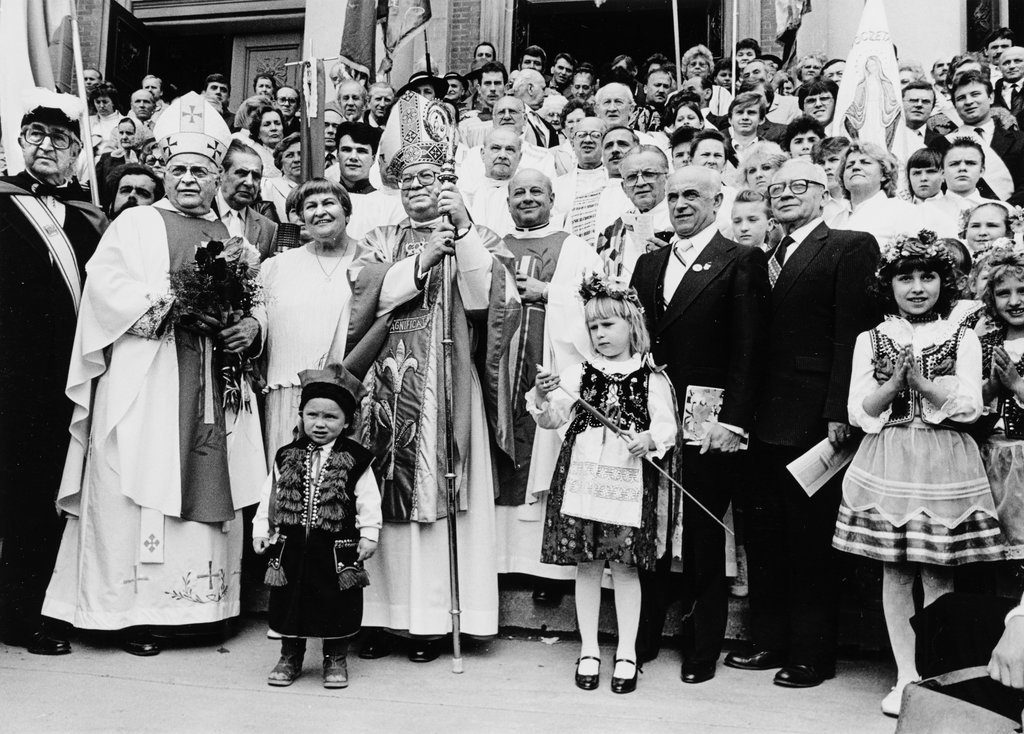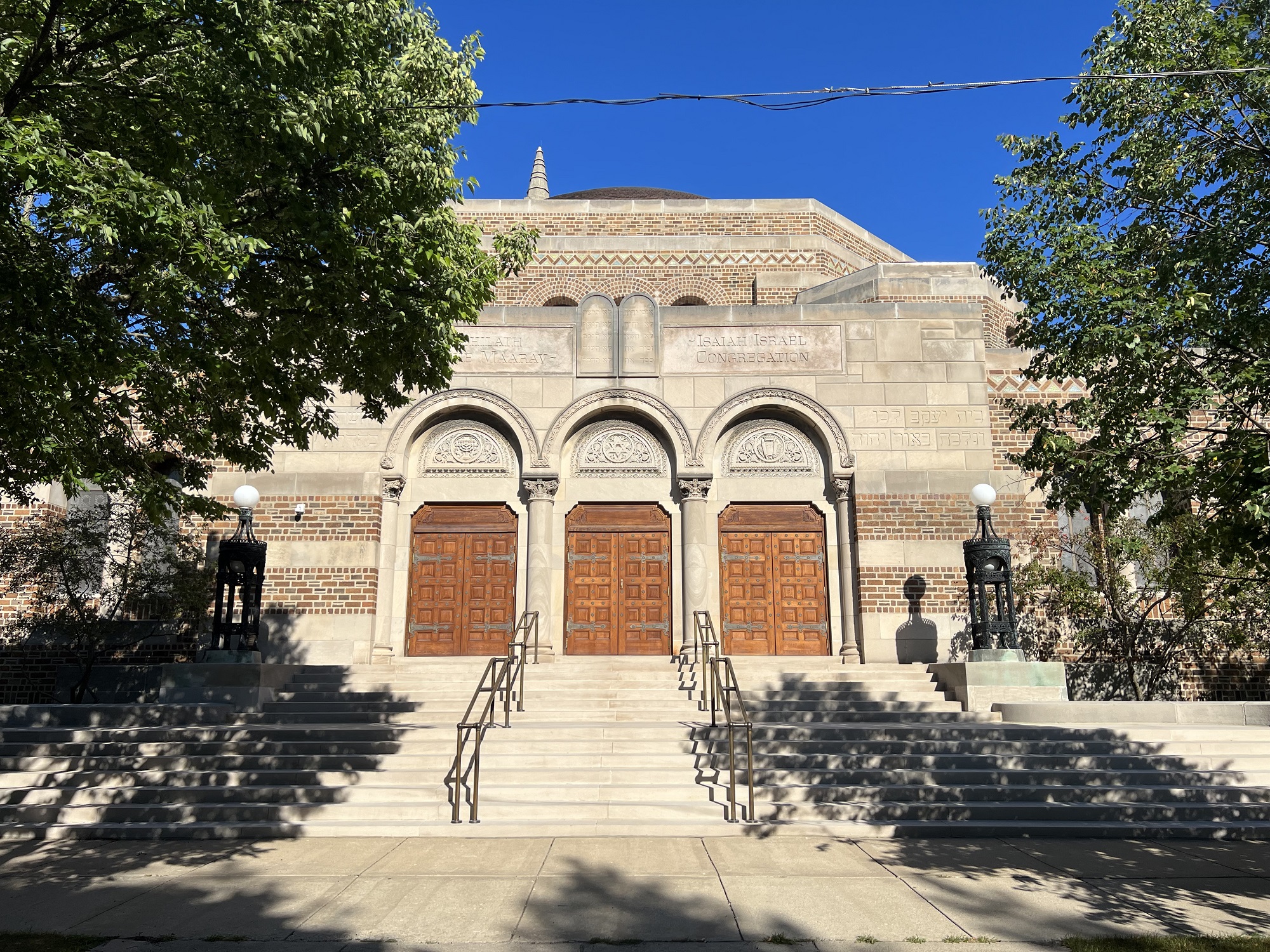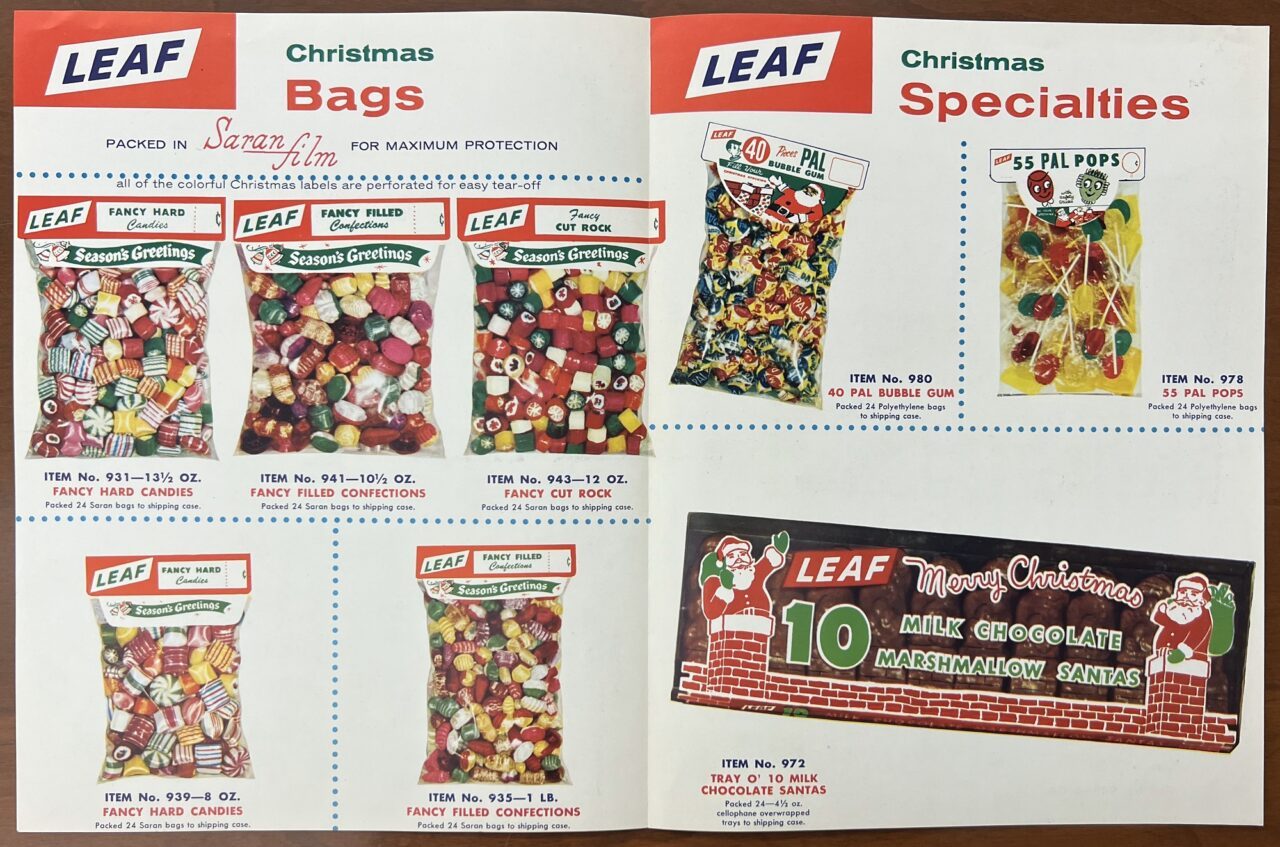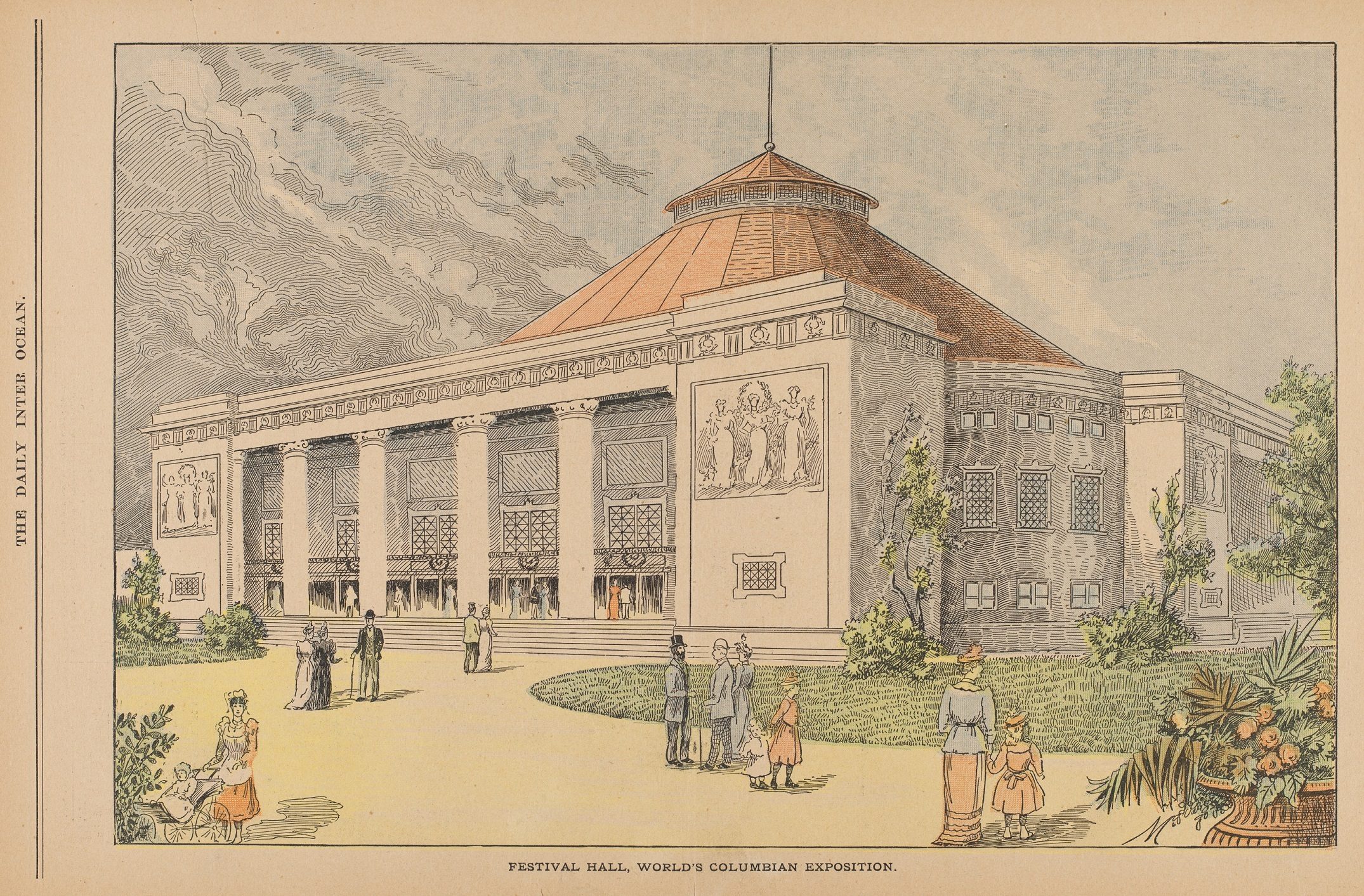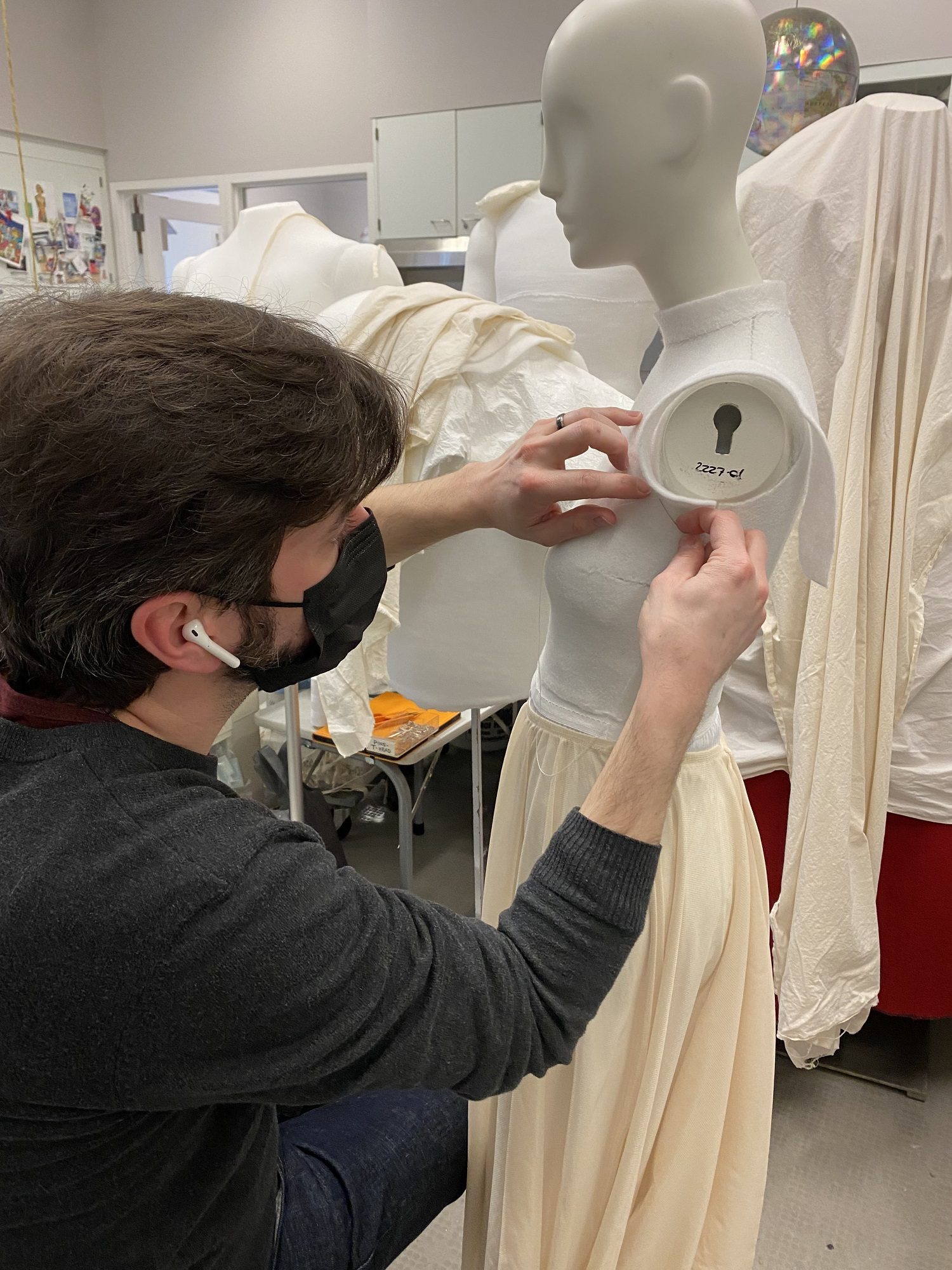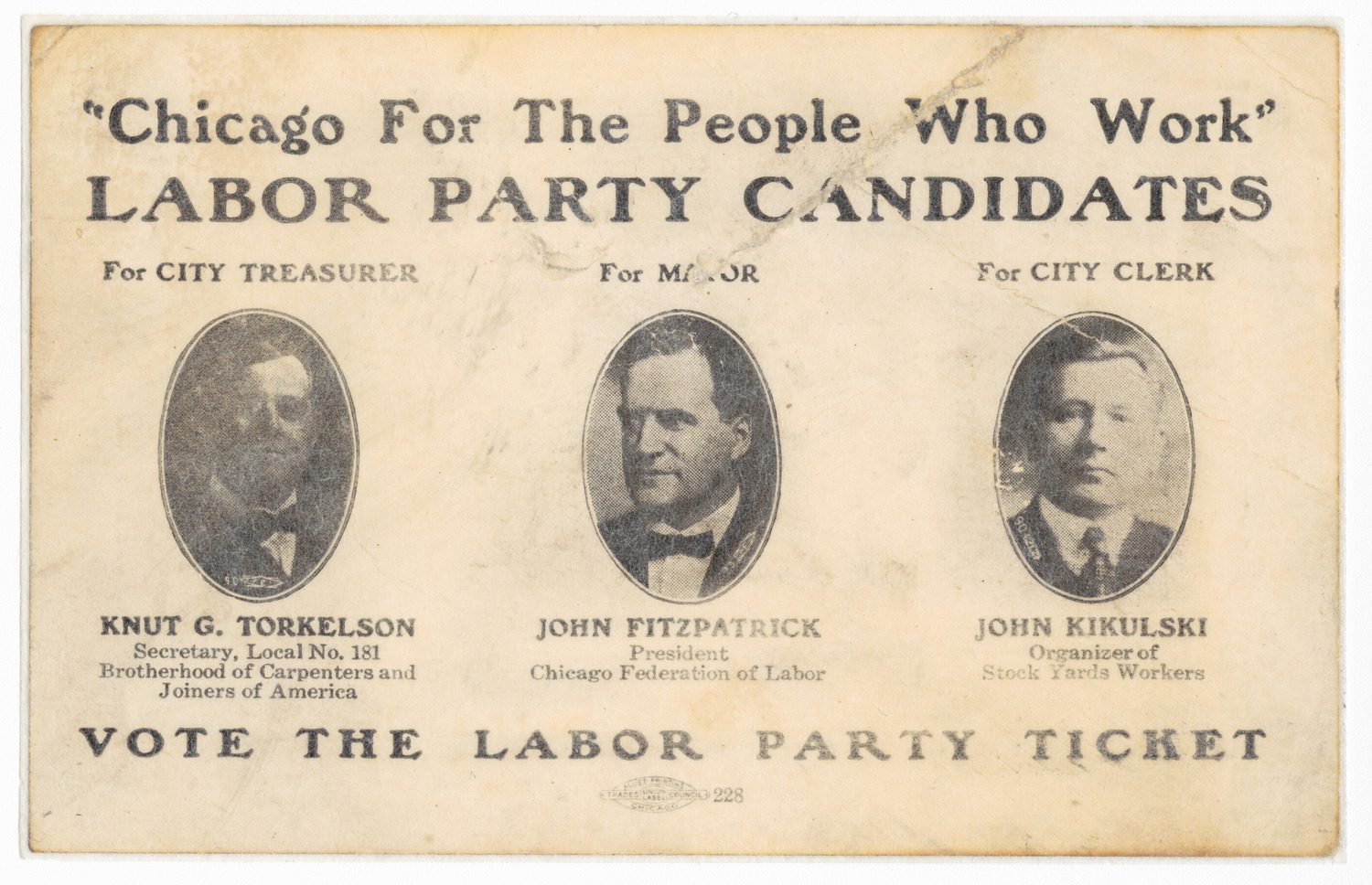Shrove Tuesday, more commonly known as Fat Tuesday, is a day in the Christian tradition that marks the end of the time before Lent. In this blog post, CHM curator of religion and community history Rebekah Coffman talks about the tradition’s practice, particularly in Poland and in Chicago’s Polish Catholic communities.
Ash Wednesday marks the start of a somber forty-day period of fasting in preparation for Easter. Many traditions around the world spend the days leading up to Lent as a time of partying, celebrating, and indulging before the restrained atmosphere of the Lenten season. This includes numerous rich food traditions as homes historically tried to use up indulgent ingredients like butter, sugar, and eggs before fasting. Foods often include pancakes, doughnuts, and other sweet pastries.
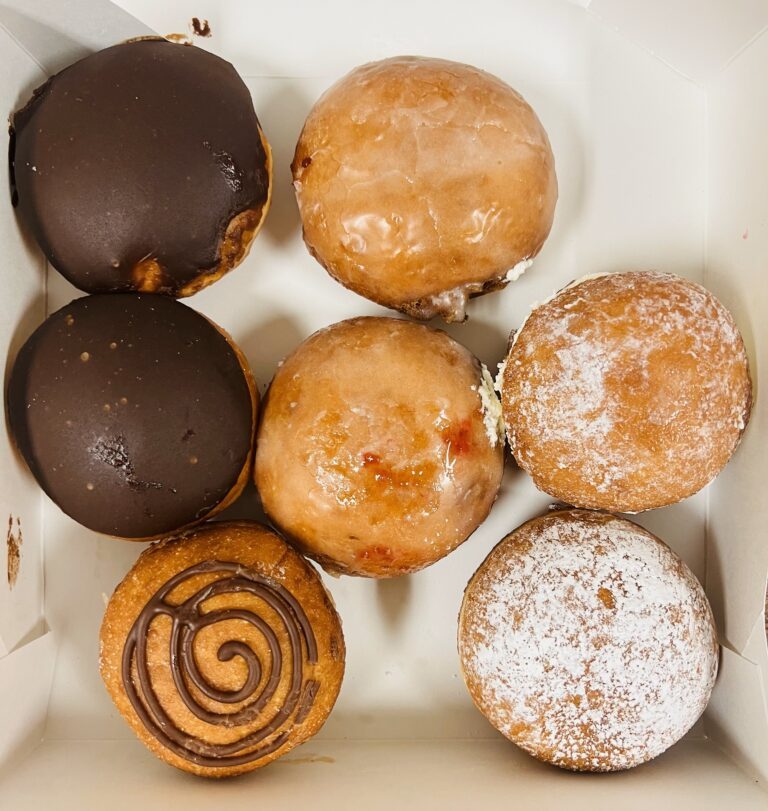
A variety of pączki flavors from Delightful Pastries in Chicago’s Jefferson Park neighborhood, 2024. Photograph by Rebekah Coffman.
In Poland and throughout the Polish diaspora, the start of the Lenten season is often synonymous with eating pączki. A sweet, doughnut-like pastry, pączki are made of yeasted dough and filled with jams or custards, with traditional flavors including plum and rose. In Poland, they are typically eaten on the last Thursday before Ash Wednesday, known as Tłusty Czwartek or Fat Thursday. The Tuesday before Lent is known as Herring Night (Śledzik), when it is traditional to eat herring and drink vodka, or Ostatki, meaning the “leftovers” or “last things” as a nod to the end of the celebratory season before the Lenten fast begins. In the United States, these two days are often merged, and Pączki Day has become largely conflated with other Fat Tuesday celebrations in cities with large Polish populations such as Chicago.
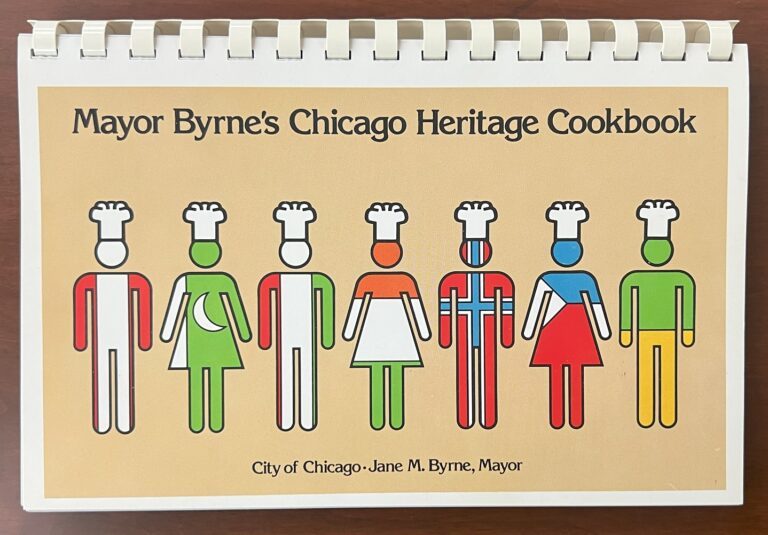
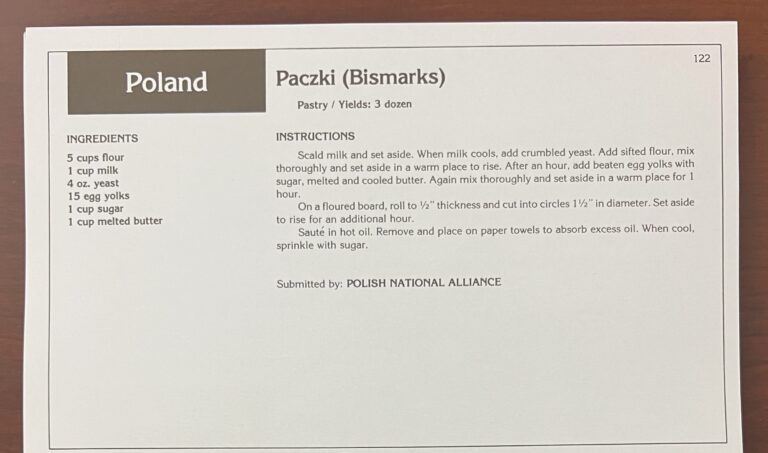
Cover of and recipe for pączki from Mayor Byrne’s Chicago Heritage Cookbook (1979). CHM Collection, TX725 .M2
While pączki may have historically religious roots, they have become just as much a mark of cultural heritage and have been adopted by Midwesterners beyond the Polish community. For example, Mayor Byrne’s Chicago Heritage Cookbook (1979) showcases Chicago’s cultural diversity through recipe highlights, including a section on Poland with a number of Polish favorites such as hunter’s stew (bigos), stuffed cabbage (golabki), dumplings (pierogi), and, of course, a pączki recipe contributed by the Polish National Alliance. The cookbook’s introduction notes that many of its contributors participated in the Chicago Heritage Parade and the Chicago International Festival at Navy Pier, and this showcasing of recipes and heritage was for the goal of “greater appreciation of Chicago’s ethnic diversity.”

Outdoor market in Polish neighborhood around Division Street and Milwaukee Avenue, Chicago, c. 1955. CHM, ICHi-175590; Stephen Deutch, photographer
As discussed in our exhibition, Back Home: Polish Chicago, Chicago has been shaped by nearly two centuries of Polish migration marked through four distinct waves: first from the 1850s to 1920s, next after World War II, then the Solidarity era of the 1980s, and again in the last decades of the 20th and into the 21st centuries. Core Polish neighborhoods were first established northwest of downtown Chicago along Milwaukee Avenue, with the area surrounding Milwaukee Avenue, Ashland Avenue, and Division Street earning the moniker of the “Polish Downtown.” This was soon followed by settlement in areas near industrial and trade work, including Pilsen, Bridgeport, Back of the Yards, South Chicago, Hegewisch, and other parts of Southeast Chicago. As time passed and agents of gentrification and ethnic succession took hold, families and communities moved further away from the historic core neighborhoods and into outer edge areas and the surrounding suburbs, including Portage Park, Jefferson Park, Archer Heights, Calumet City, Chicago Heights, and Cicero. With these shifts came the establishment of new businesses, places of worship, and community spaces.
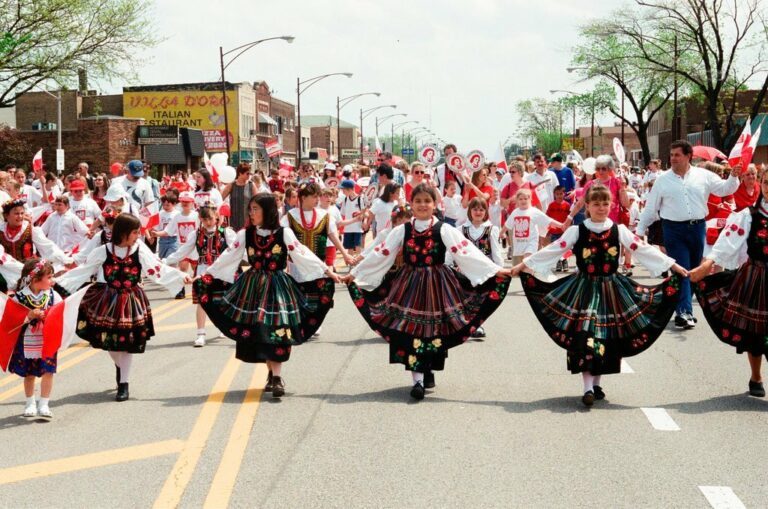
Polish Constitution Day Parade near N. Milwaukee Ave. and W. Bryn Mawr Ave. in Jefferson Park, Chicago, 2000. ST-20002308-0018, Chicago Sun-Times collection, CHM
For example, Jefferson Park in Chicago’s northwest has long been known as the “Gateway to Chicago” and served as an important transportation hub into the city, including as an extension of the core Milwaukee Avenue corridor. Around 1900, through its connections by street railway lines, large numbers of Polish, German, and Italian immigrants began coming to the area as laborers, artisans, and tradesmen. Though bifurcated by the construction of the Kennedy Expressway in the 1950s, the Polish community of Jefferson Park continued to grow in subsequent decades. Community institutions followed, such as the transformation of the former historic Gateway Theater into The Copernicus Center in the 1970s and 1980s. By 1990, almost half of those living in Jefferson Park were of Polish descent. Today, while the Polish community still has a strong neighborhood presence, Jefferson Park continues to become more racially and ethnically diverse with nearly 25% of residents identifying as Hispanic or Latine.
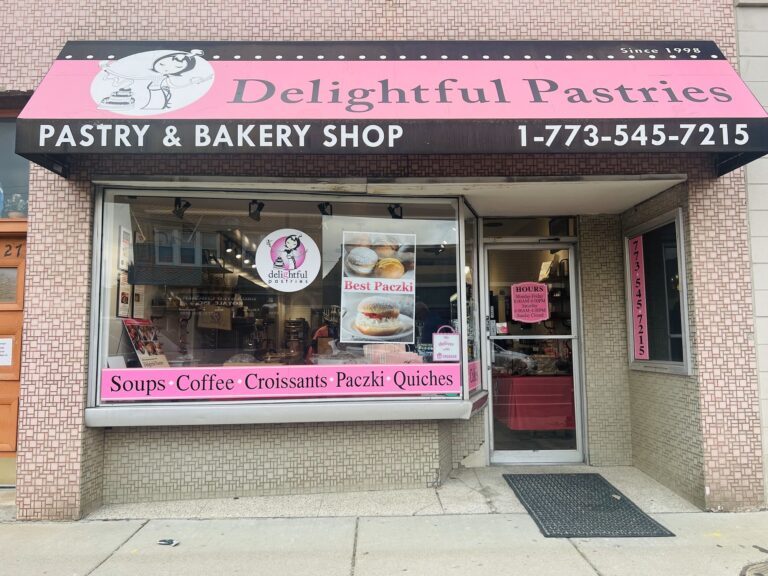
Exterior of Delightful Pastries at 5927 W. Lawrence Ave. in the Jefferson Park neighborhood, Chicago, 2024. Photograph by Rebekah Coffman
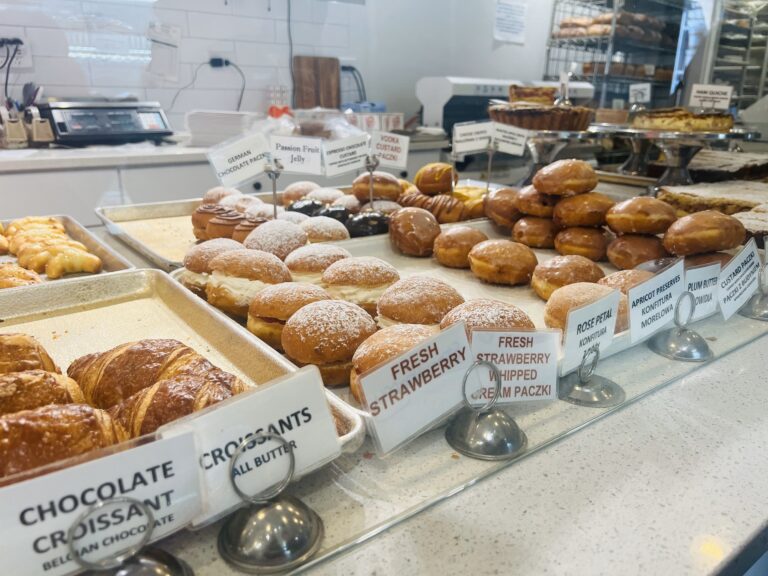
Various pączki flavors at Delightful Pastries include rose, plum butter, passion fruit jelly, and strawberry. Photograph by Rebekah Coffman.
Delightful Pastries in Jefferson Park is a delicious example of this rootedness within Polish tradition and culture while nodding toward multicultural influences. Owner Dobra Bielinski, born in Lubin, Poland, studied French at the Sorbonne, where she became inspired by Parisian pastries. She later studied culinary arts in Chicago, and 26 years ago she opened Delightful Pastries when presented with the opportunity to purchase a storefront on Lawrence Avenue. Dobra noted that, while pączki are a fried, yeasted dough like doughnuts, they are much less sweet than your everyday custard or jelly doughnut. Her Warsaw-style pączki are made with a traditional style dough and include old-fashioned flavors like plum, rose, and raspberry. However, her personal philosophy sees baking as something that has no borders and draws international inspiration as well. For example, her passion fruit pączki was inspired by a trip to Mexico and is filled with homemade passion fruit jelly, and her take on a strawberry shortcake includes strawberries and whipped cream in a halved paczek shell.
Wherever you buy, whatever flavor you love, and whenever you enjoy your pączki this pre-Lenten season, Niech słodkim nam będzie Tłusty Czwartek, and Happy Pączki Day!
